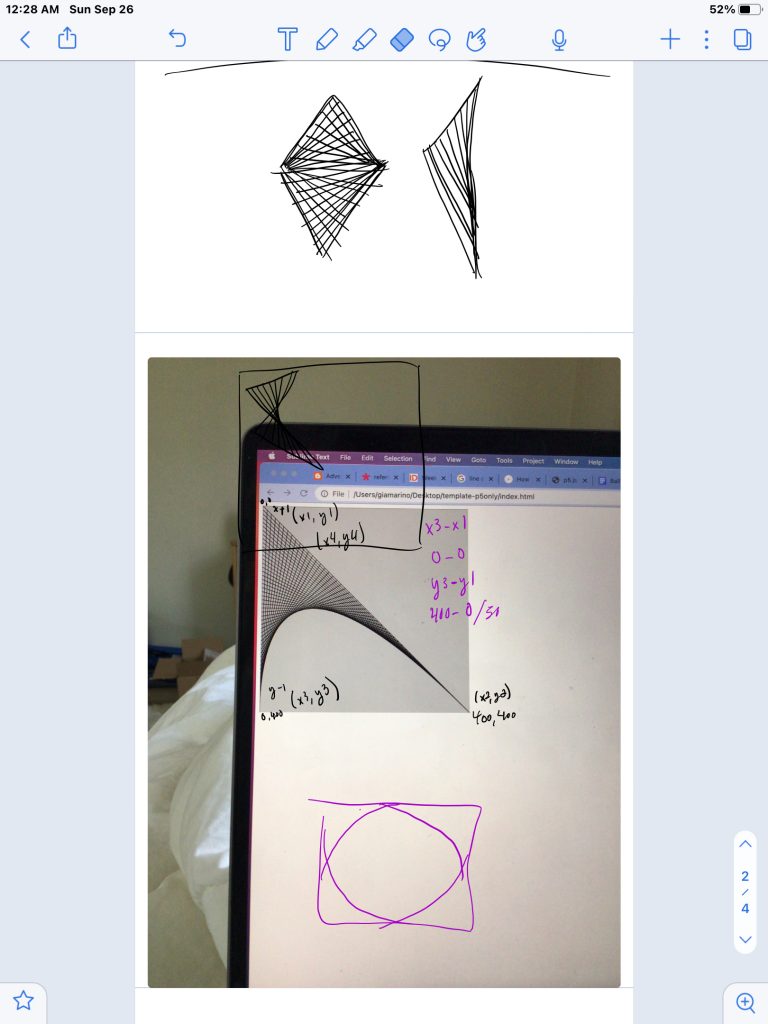Trimpin, Klompen
I appreciate the works of Trimpin. I originally looked him up because I thought his artist name was neat, but I ended up really enjoying his sculptures. In particular, I enjoy his Klompen sculpture. 120 Dutch wooden clogs are connected to a computer by concealed wires and suspended from the ceiling, which then use small levers hidden inside the clogs to hit the wood of the clogs and create the distinctive rapping wood noises. I find it interesting for the layers of art that are embedded in the sculpture. Firstly, the clogs themselves are art pieces in how they are crafted and then individually painted. Then, hanging them from the ceiling introduces interesting three-dimensional and surrealist aspects. Finally, they make fun music using an unconventional method. You can tell how much digital work went into bringing the sculpture to life. I appreciate that the work isn’t necessarily “deep” or thought provoking, but is fun to look at and fun to listen to, which is all art needs to be sometimes.
![[OLD SEMESTER] 15-104 • Introduction to Computing for Creative Practice](../../../../wp-content/uploads/2023/09/stop-banner.png)

